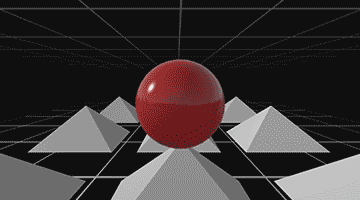T.G321

Dolly Zoom (Reverse-against-zoom)
The dolly zoom – also called the "trombone shot" – is a camera technique instigated by Hitchcock in Vertigo, in 1958. It involves the camera being moved backwards whilst zooming in, or vice versa, thus producing a shot in which the foreground stays the same size, but the background grows or shrinks.
The technique is most commonly used to represent a character's sudden realisation, by emphasising their changing emotion. Spielberg uses the technique in this way in Jaws, when Brody sees a shark attack.
Around a quarter of Jaws was shot at water level, so audiences related more to treading water.

In the Jaws example, the camera moves towards the subject, whilst zooming out. By contrast, in Scorsese's Goodfellas, when Henry Hill is in a restaurant with Jimmy Conway, the camera moves away, whilst zooming in, causing the background elements to shrink. By doing this, the framing symbolises Hill's increasing paranoia, as the world around him compresses his free space:

The dolly zoom changes the depth of a shot from the audience's perspective.
When the camera moves away, more light can reach the lense from the edges of the background, which causes everything in the frame to appear smaller. The camera zooms in at the same time. Due to perspective distortion, which is affected by distance, now only the background shrinks, whilst the foreground remains the same.
The effect is simplified in this animation:
